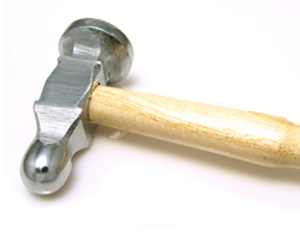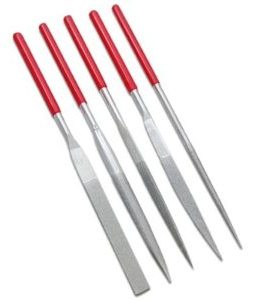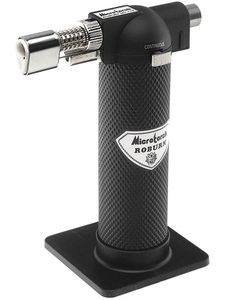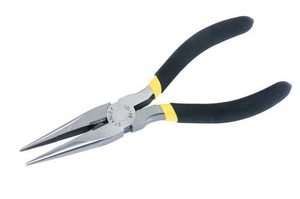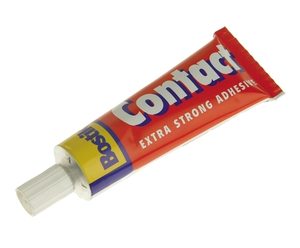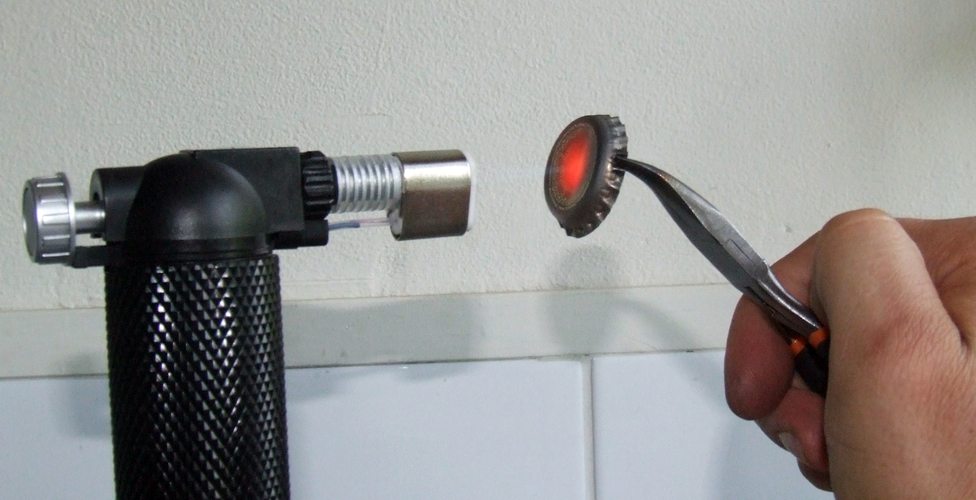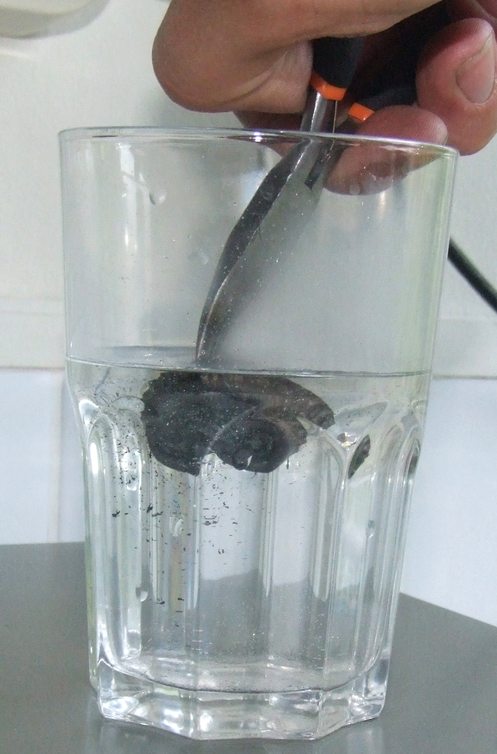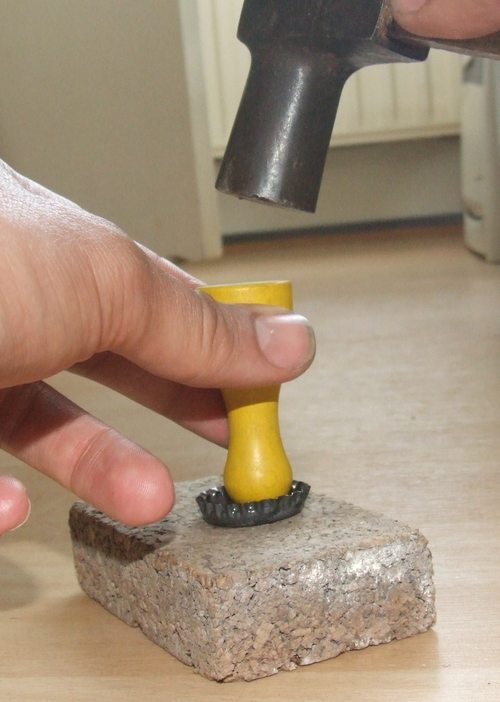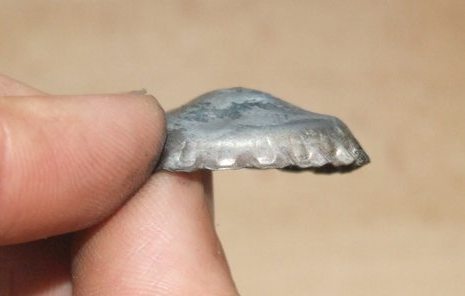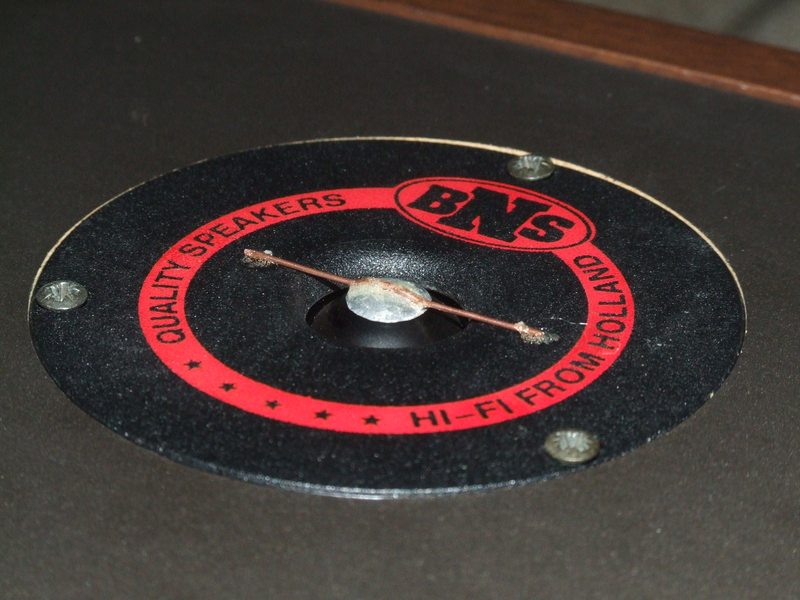Diffusers are quite common among tweeters and are used to smooth out the frequency response. I used to believe that anything in front of a speaker was bad, but i found out later this was not the case at all. The problem Just like any other speaker a dome tweeter isn't perfect, it will start to break up at some frequency.How it works I have to admit i do not know the actual maths behind a diffuser but in short it's a beam blocker. If you place a plate before the area affected the sound waves will have to move around the object smearing the total response of the tweeter. All the tweeters i modified had a short waveguide, i believe the waveguide is needed to get the result you need.
A side effect of a diffuser is that the energy becomes more focused and thus will reduce the total directivity (at certain frequencies). This can however also be an advantage if you have a room with a lot of hard materials and wish to reduce reflections. If you want to equip your own tweeter with a diffuser, you must first determine the size needed. You can do this by measuring the tweeter on different axis, when you find the angle where the peak or dip becomes smoother you know the area you need to cover, simple.
Step 1 Heat your piece of copper/brass/aluminum with the mini blowtorch until it glows red (except for aluminum) and cool it down immediately in a glass of water. Hammer the metal on the cork sanding block with something round or a chasing hammer. Step 3 Trim the hammered piece to the required size (see Modifying a tweeter) using the scissors whilst leaving the highest point of the bulge in the middle. File the piece down with the needle files until it is round and does not have any sharp edges. Step 4 Now we need something to hold the diffuser in place, the easiest way to do this is to use a piece of copper or brass wire as a bridge. Cut some wire about twice as long as the diaphragms diameter. If you made the diffuser out of brass or copper you can solder the wire onto the diffuser, otherwise glue the wire in place with contact adhesive. Step 5 Glue the diffuser onto the tweeter with contact adhesive. Place it as close as possible over the tweeters diaphragm (without creating a mechanical obstruction). |
Speakers >

.gif) Without Diffuser
Without Diffuser.gif)
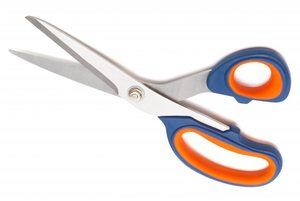 Scissors
Scissors